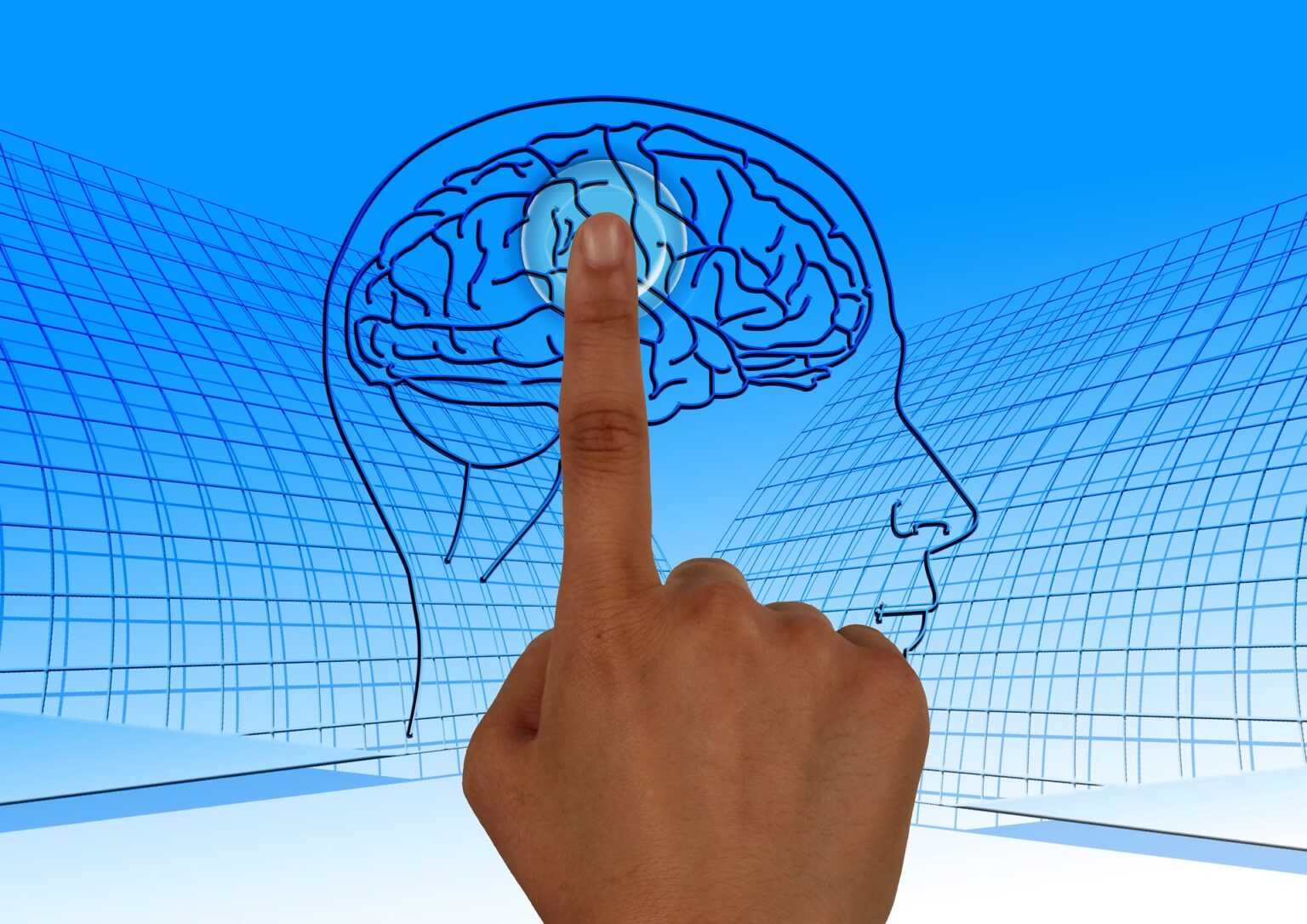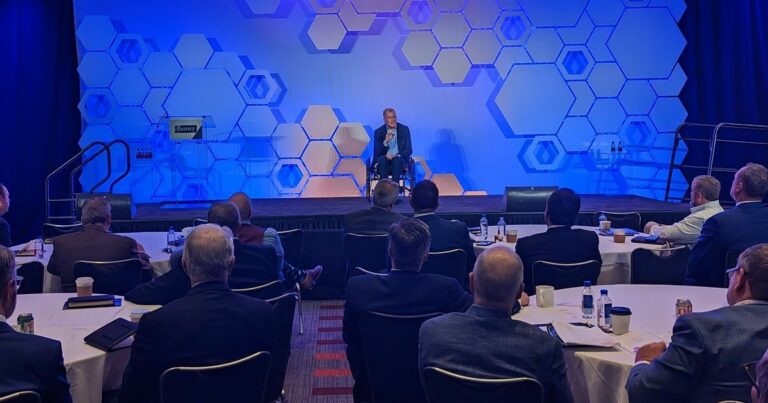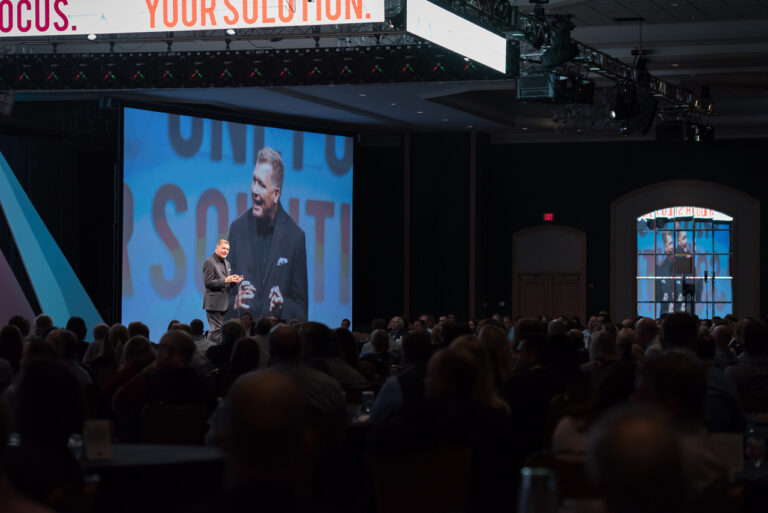The Human Side of Neuroscience and Safety
Early in my career, I worked with heavy machinery and dangerous chemicals. I was well-trained to maintain a keen safety awareness on the job site. Yet, on the day I was involved in a car accident as a passenger in a friend’s vehicle, I decided not to wear a seat belt. In seconds, I went from an athlete and martial artist with a bright future ahead of me in sports to a quadriplegic.
During recovery, I had no choice but to re-evaluate the decision to disregard my safety. Why had I not been more careful? When I later began my professional career as a motivational safety speaker, I was determined to help others make safety a top priority on the job. My research about why we make poor decisions despite knowing better led me to study neuroscience and how it applies to safety accidents.
It is Human to Be Emotional, That Can Be Bad
Nada Wetzel is a recognized neuroscience expert based in Australia. She has devoted years to studying workplace safety and pointed out that most of our safety decisions are based on emotion. That’s not always logical.
“Good safety is a function of people making conscious safety choices…Safety leaders need to recognize and value the role of emotions and their role in creating an enabling or disabling environment…”
Minutes before I was in the accident, common sense told me to take a second and put on my seat belt, but my emotions convinced me that as we were driving less than a mile, I would be safe. I was not thinking logically, but emotionally. Wetzel wrote that “The majority of our thinking is in fact unconscious. Neuroscience helps us to better understand decision making…”
When I was working around heavy machinery and chemicals, I saw co-workers take great risks. They did not see hazards, just getting the job done quickly so they could punch out. This contradicted their training and common sense.
Can neuroscience override emotions to make good safety choices? It seems so. Neuroscience News, January 2016, reported on a study that concluded:
“Learning and memory are among the brain’s most fundamental tools for survival… (survival is) the brain’s ability to discriminate between an environment that it has previously learned to be dangerous and one that is safe.”
Neuroscience has shown we can take what we learned in training or in one job situation and apply it to another situation if we are determined to do so every single day.
Safety is Essential, Neuroscience Proves It
Dr. Stephen Porges is a psychiatrist at the University of North Carolina and a neuroscience expert. He believes that “Safety is critical in enabling humans to optimize their potential.” He talks of the need to promote opportunities to feel safe and to use that tool to make us happier and more productive.
By making a conscious effort to exercise personal authority over unsafe behaviors, we can adopt a safety mindset. Even if our co-workers and friends say, “Sheesh, not another reminder about safety!” at the end of the day, when we feel safer we can better live up to our potential.
However, the most important finding in regard to the lessons of neuroscience and workplace safety to date might be the way we see danger.
Safety + Health magazine reported that “we are learning that we do not see with our eyes, but with our brains. This means that our eyes are not serving as active video cameras, capturing every detail of the world around us…The brain’s primary mission here, unless intentionally directed otherwise, is to determine if there are any unanticipated risks to our surviving and thriving…”
The vision to be safe is not based on sight, but our internal awareness and determination to be safe. We cannot trust what is imprinted on our eyes. Safety is something we must take into every fiber of our unconscious thinking. It is a reinforced mindset.
Is your work place determined to take on the challenge of a safer vision?
Contact Scott Burrows, Keynote and Breakout Speaker on Safety through this website or call us at: (520) 548-1169



